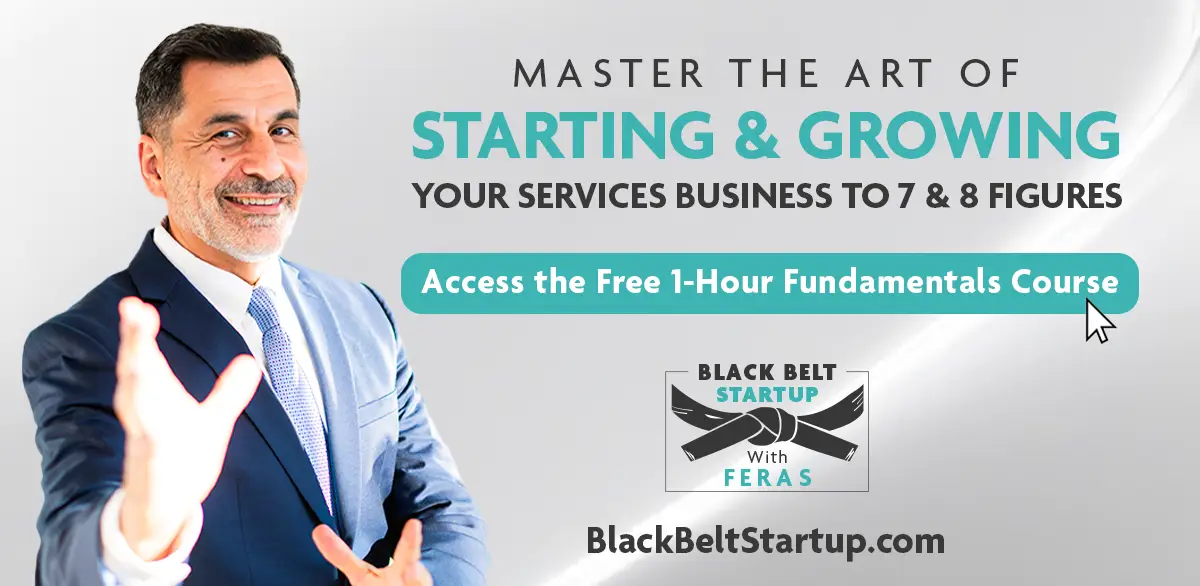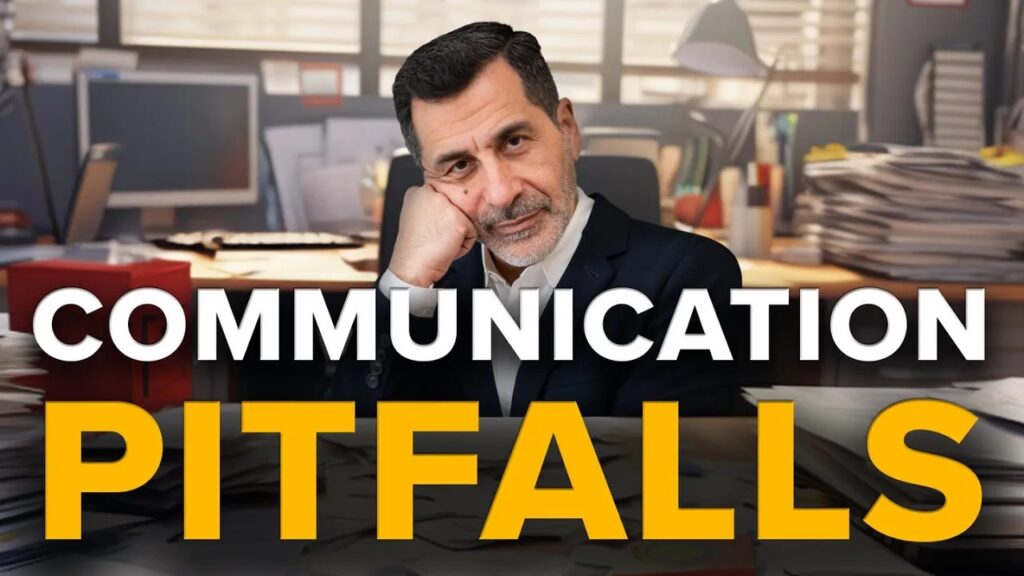Best Way for a Small Consulting Company to Increase Sales

The longer you take to close a sale, the more likely the sale will be lost. People.ai analyzed over half a million deals and found lost deals drag on 38% longer than those that are won.
I’ve been asked numerous times, “What is the best way for my small consulting firm to improve its sales?” In this article, I’ll explain:
- How to approach sales with the right mindset
- My top four ways to enhance sales by closing deals faster
Why Time Kills Deals
First, it’s important to understand how time silently kills deals.
No matter what else you’ve learned about how to improve sales, if you don’t keep your consulting sales process moving quickly, the odds are against you.
You or your sales team must jump on a lead’s inquiries from the moment they express interest. This is critical because time impacts two things for the lead:
- Their emotional interest
- Their circumstances
By emotional interest, I mean excitement. Potential clients are most excited about buying when the desire for your solution is fresh in their minds and hearts. If you don’t ride the emotional wave, your lead’s interest may or will probably wane.
As for circumstances, it’s simple: what caused these potential clients to seek a solution may change drastically before the deal closes.
- There could be budget reallocations or industry downturns.
- Your lead could be transferred to a different division.
- The individual who inquired about consulting had a specific deadline in mind and the deadline has passed.
- Or in general, a lead may lose their need, interest, or ability to purchase.
If you’re truly concerned about increasing sales, don’t let time pass without active engagement. What do I mean by active engagement? Well, buyers have options and are less patient these days. If they don’t hear from you, they’ll move on to the next consulting company. Your competitor is only one click away.
Whether you connect with them over the phone, over email, on social media, or on some other platform, make sure you’re adding value in every interaction you have with them. Answer their questions thoroughly, share how you’ve solved similar problems before, and point them, as possible, to examples of previous work you’ve completed.
Change Your Mindset and Eliminate Sales Procrastination
It’s tempting to dive into the quick tips, or another article’s hacks on “how to improve sales performance”, or even watch hours of “how to boost your sales” techniques on YouTube. But all of these tactics are useless if you don’t first have the proper mindset.
Some founders don’t have a sales background and haven’t developed a sales mindset. Others who have had bad experiences on the customer end of sales might have a negative mindset around sales, allowing fear or avoidance to creep in and procrastination to become a habit.
Yet other founders aren’t at all put off by outreach to strangers or any other aspect of sales; they just don’t prioritize it. They let themselves get distracted by other projects and tasks, neglecting the sales processes that their business can’t survive without.
In any of these cases – unawareness, fear/avoidance, or distraction – an unsuitable mindset is the biggest impediment to sales.
To change this, you must start by making sales – winning new clients and selling more to existing clients – a top priority that you approach deliberately and positively.
As a consultant and as a business owner, if fear stops you, begin with elevating your own eagerness to sell and developing the full self-assurance that your service will profoundly benefit your prospect.
When you started your business, you must have believed you offer something beneficial to your clients. Own that. Write it out, recite it, and constantly remind yourself of just how much value you will provide to the clients who choose you over your competition. Whatever you need to do, get yourself to believe, with 100% confidence, that your clients are missing out on the best if they say no.
Without this level of conviction, most attempts to improve sales strategies and tactics, and to come up with other unique ways for your small consulting company to increase its sales, will fall short. With this level of conviction, nothing can stop you from absorbing the no’s, learning from them, and moving unfazed onto the next opportunity.
The 4 Best Methods to Help You Move Faster and Close More Sales
With a solid mindset around driving sales forward, the rest is relatively simple. Here are 4 of my best ways for a small consulting company to close more deals:
- The 1-day Rule
- The First Meeting Rule
- Clarify Your Lead’s Goals
- Create a Sense of Urgency
Let’s dive in.
The 1-Day Rule
You made your pitch, the potential client asked the right questions, and they seemed eager to move forward. And then… nothing. From them, or from you.
Maybe you were exhausted when you got back to the office and made a point to send an email or your consulting proposal first thing in the morning. But then you forgot because you had to take the kids to school or a dentist appointment, and then there was that thing you promised your other client.
Silence kills your prospect’s enthusiasm.
Respond promptly and proactively. From first contact to every stage and every question throughout the sales process. Stay engaged with your prospect. Because when they don’t hear from you, they look at other options or lose interest altogether.
Commit to a response time (one day, for instance), and stick to it.
Side note: there is such a thing as responding too promptly. If you receive an inquiry at 11 p.m., wait until the next morning to respond. Otherwise, you might appear desperate and short-circuit the sales process.
The First-Meeting Rule
In addition to the 1-Day Rule is the First-Meeting Rule.
The First-Meeting Rule means whenever your prospect offers a few meeting options, always take the first option no matter how inconvenient it is.
This might sound obnoxious, and there are exceptions to every rule, but the point is that time is not on your side. Many factors could divert this deal away from you, and they will only increase over time.
The prospect is likely talking with several potential providers. Staying ahead of your competition’s meetings gives you a literal top-of-mind position. Do what it takes to strike the iron while it’s hot.
When my partner and I were still establishing our digital analytics consulting business in the US, we had an opportunity to pitch to an international client, a major airliner, looking for a US-based agency. After weeks of prep and back and forth, we got through the gatekeepers and they were ready to schedule our first sales meeting.
“How does 8 a.m. on Thursday work for you?” the lead asked.
We did some quick math. Eight in the morning for them was midnight for us, but we followed the First-Meeting Rule.
“Perfect. No problem.” We said. “We’ll talk to you then.”
We won the deal and the rest is history.
Clarify Your Lead’s Goals
There are many reasons people might be indecisive in a given situation, but a major reason can be ambiguity. This is also true for your prospects.
Decision paralysis can stop anyone from moving forward.
A study by DCM Insights published in Harvard Business Review found that, of 2.5 million recorded sales conversations, “anywhere between 40% and 60% of deals today end up lost to customers who express their intent to purchase, but ultimately fail to act.”
Closing a deal requires your prospect to decide, which always means they are taking on responsibility and risking their reputation. They understand that choosing the wrong contractor is not good for anyone’s career.
Address this fear directly. It’s the role of any good salesperson or entrepreneur to coach their prospects to make a decision that best serves the prospect’s interests. Here are some things you can do:
- Help the lead isolate their pain points and clarify their desired outcomes.
- Continue to show how you, as a consultant and as a service provider, can meet their goals.
- Minimize the number of options so they don’t feel overwhelmed.
- Refer the lead to specific case studies, success stories, and testimonials to help them see the potential outcomes of making an affirmative decision.
Create a Sense of Urgency
Lastly, you can encourage leads to close by creating a sense of urgency.
Some do this unethically with fibs like, “supplies are limited,” (if they had a trillion widgets, supplies would still be technically limited) and, “I have another buyer looking at this in an hour…”
You can elicit urgency while maintaining your integrity in a few different ways:
- Subtly remind them that the key resources you need to assign to them might not be available if other deals close.
- Set a deadline for the proposal’s price to protect yourself against rising costs for assets included in the proposal.
- Continue to highlight the costs (financial and emotional) of not resolving their pain points and how much it will cost them every day they don’t move forward.
Key Takeaways
- Time is of the Essence:
- Lost deals drag on 38% longer than closed ones.
- Changes in circumstances and motivation can occur after prospects first express interest.
- Actively engage with leads to ride the emotional wave and prevent unforeseen changes.
- Mindset Matters:
- Encourage a positive and focused mindset in your leads to help them overcome fear and eliminate procrastination.
- As a consultant, you’re the subject matter expert and your service provides value to clients.
- The 1-Day Rule:
- Respond promptly and proactively to keep the prospect’s enthusiasm alive.
- Set a response time commitment (e.g., one day) to stay engaged throughout the sales process.
- The First-Meeting Rule:
- Always take the first meeting option offered by the prospect, no matter the inconvenience.
- Speed in scheduling meeting can help you gain a top-of-mind position by literally staying ahead of the competition.
- Clarify Your Lead’s Goals:
- Decision paralysis is a common obstacle; help prospects overcome it by providing clarity.
- Help prospects decide by isolating pain points, clarifying desired outcomes, and narrowing down options.
- Use case studies and success stories to show potential positive outcomes of their decision.
- Create a Sense of Urgency:
- Encourage a quicker decision without resorting to unethical tactics.
- Subtly remind prospects of the limited availability of key resources.
- Set a deadline for the proposal’s price, protecting against rising costs on your end as the provider.
- Continuously highlight the costs (financial and emotional) of not resolving their pain points promptly.
Action Items:
If you want to learn how to improve sales skills and performance:
- Review the 4 methods and pick one you want to work on.
- Commit to implementing this in your very next sales cycle by posting a reminder in a visible area.




